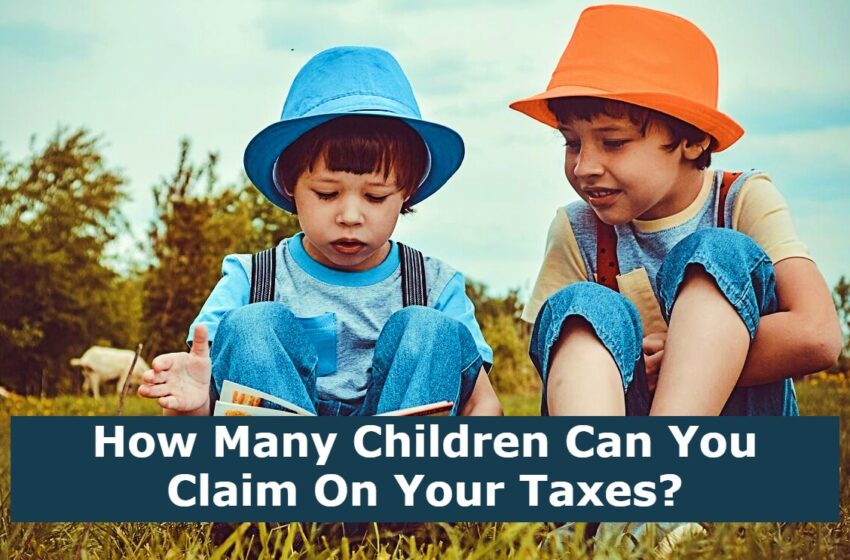
How Many Children Can You Claim On Your Taxes?
Earned income tax credit
The Earned Income Tax Credit (EITC) is a federal tax credit that helps people with low to moderate incomes get out of poverty. It is refundable, meaning that if you don’t claim it, you can get money back from the IRS.
EITC is designed to lift millions of Americans out of poverty. Studies have shown that it encourages working, and that it can benefit children at all stages of life.
In fact, the benefits of EITC are so widespread, they’ve been credited as being responsible for almost six million people getting out of poverty. Among the many ways it works is by increasing school performance.
Another benefit is that it provides substantial support to qualifying parents. For example, a mother with two children working full time at the federal minimum wage will receive a refund of $1,725.
The Earned Income Tax Credit has a long history. Congress has expanded it, and has made changes to it throughout the years. One of the latest improvements is the American Rescue Plan (ARP), which has extended the credit to childless workers. However, the change will only be in effect for the 2021 tax year.
Despite the changes, the credit still remains targeted at families with children. If you’re not sure whether you qualify, seek advice from a professional.
You must file a tax return to qualify for the credit. Your filing status will determine the amount of the credit. To be eligible for the full credit, your income must be below a certain level. A higher income will mean a smaller credit.
When you file, you must include a Schedule EIC. This will contain information about your qualifying children. These children must be under age 17 at the end of the tax year.
Also, you must live in the United States for at least half the tax year. Children must also be full-time students.
However, if you are married and your spouse’s income exceeds $110,000, the child tax credit begins to phase out. Those earning less than that will only see a small credit.
Child tax credit
The Child Tax Credit is a tax break available to families with children. If you qualify for the credit, you can get up to $2,000 per qualifying child.
While the amount of the credit varies from year to year, it is a valuable tax break that provides financial support for families with children. It’s also partially refundable, meaning that if you don’t owe any tax, you may be able to get part of the credit back.
There are several other tax benefits that you may be entitled to as a parent. These include education credits, lower tax rates for unmarried parents, and higher standard deductions for Head-of-Households. You can find more details on these programs by consulting the IRS.
However, the question remains, how many kids can you claim on your taxes? This is a complicated question because the credit can vary by state and income level. Some states offer higher tax credits than others. In particular, the tax credits in Connecticut, New Jersey, Maryland, Maine, and Vermont have fixed limits for each state.
The American Rescue Plan Act, passed in 2021, significantly improved on the CTC. The new legislation increased the maximum credit to $3,600 for each qualifying child, with the first $2,100 of the credit available to qualified taxpayers in advance.
The credit can be claimed by both married couples and unmarried parents. Married couples filing a joint return must have an income of less than $175,000 and single filers must have an income of $75,000 or less.
According to the Tax Policy Center, the average CTC in 2021 will be $4,380. The average credit in the previous years was about $2,300. Nonetheless, the most important thing to remember is that the credit is not a free lunch.
Depending on the income level, you may not be eligible for the Child Tax Credit at all. Those with incomes over $200,000 or married couples with incomes over $400,000 will have their credit phased out. Nevertheless, it is still possible to claim the full amount of the credit.


